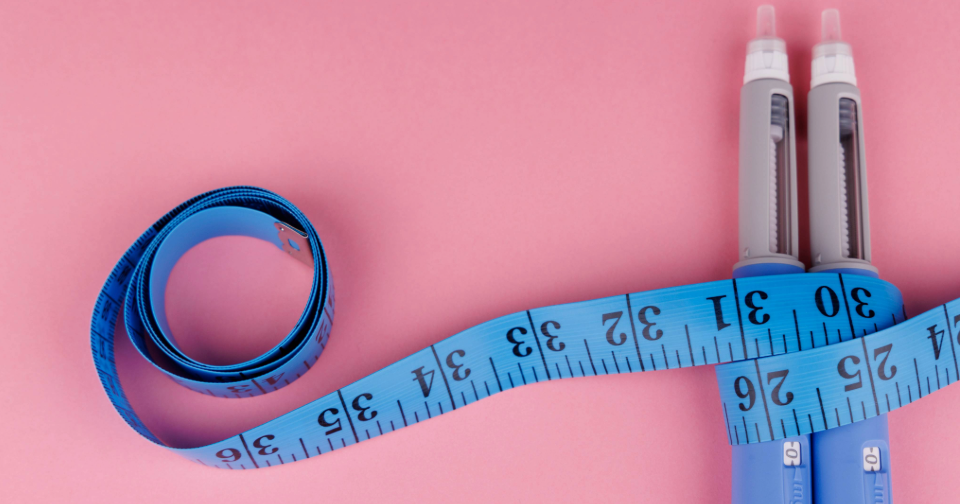
It is estimated that between 33% and 50% of UK adults own a wearable device such as a smartwatch. No longer just flashy fitness accessories, they’re becoming an important part of the public health conversation, especially as the UK government prepares to launch its 10-Year Health Plan aimed at shifting focus from treating sickness to preventing it, moving care from hospitals to communities, and making better use of technology.
The promise is huge: wearables can encourage healthier lifestyles, detect illnesses early, and help people manage chronic conditions more effectively. But as always, the reality is a bit more complicated.
In a recently issued briefing note the UK government’s Parliamentary Office of Science and Technology (POST) discusses the opportunities and challenges of consumer wearable devices for UK public health.
Common examples of consumer wearables identified in the report include smartwatches and wristbands, chest straps and armbands, continuous glucose monitors, rings, headgear and clothing. As such devices are increasingly used by the public to monitor their health, interest is growing in how such devices can be used to avoid, detect and mitigate diseases.
The potential for prevention
Wearables could play a role across all stages of disease prevention. Primary prevention focuses on reducing the incidence of diseases by encouraging healthy habits — and research shows that fitness trackers can motivate people to move more. Step goals, gamification features, and social sharing can nudge users to be more active, potentially reducing risks for diseases like diabetes, heart disease, and even some cancers.
When it comes to secondary prevention, concerned with detecting early stages of diseases and providing targeted interventions before symptoms progress, some wearable devices can spot early signs of trouble. Smartwatches, for instance, can detect irregular heartbeats that might signal cardiac issues. There’s also early evidence that wearables could help detect some infectious diseases, like COVID-19, before symptoms even appear.
And for tertiary prevention – managing existing conditions – wearables can support rehabilitation, post-surgery recovery, and long-term monitoring for chronic illnesses. such as managing of blood sugar levels.
The challenges beneath the hype
Yet wearables aren’t a magic bullet. The people most likely to buy them are already health conscious. Those who might benefit most – older adults, people on lower incomes, or those with chronic conditions – often face barriers like cost, device complexity, or poor accuracy in certain groups (e.g., optical sensors not calibrated for darker skin tones), potentially exacerbating exiting health inequalities. In addition, false alarms may lead to additional unnecessary burden on an already stretched healthcare system.
Even for enthusiastic users, the honeymoon often doesn’t last. Studies show that about half of users abandon their devices within a year. And while fitness trackers boost physical activity, it’s unclear whether they lead to long-term health improvements – simply getting more steps doesn’t always prevent disease if other risk factors aren’t addressed.
Regulation, Data, and Trust
Another complication is regulation. If a device is marketed for general wellness, it faces much lighter scrutiny than medical devices do. That means consumers might rely on devices that haven’t been fully tested for medical reliability. And when wearables do collect sensitive health data, users often aren’t fully aware of how that information is shared – raising big questions about privacy, security, and trust.
Cybersecurity risks are also real. Like any connected device, wearables can be hacked, and healthcare data is a prime target.
Patents and designs in the wearables space
Whether it’s a novel biosensor, a machine-learning health algorithm, or a breakthrough in battery life or miniaturization, wearable devices are full of cutting-edge technologies that can be protected with patents. Such a crowded and fast-moving technical area presents challenges for patent protection, but also opportunities that allow companies to maximise the commercial value of their invention and secure protection in the market for their products.
Beyond patents, design rights also play a crucial role in the wearable technology sector. Wearables are not just about functionality – their look, feel, and user experience are critical to user adoption and commercial success. Registered design protection allows innovators to safeguard the unique visual appearance of a product, ensuring that distinctive designs are not unfairly copied by competitors.
What does the future hold for wearables?
For wearables to truly contribute to public health, we’ll need more inclusive research, stronger protections for users, better standards for accuracy, and thoughtful integration with healthcare services like the NHS. And crucially, efforts must ensure that benefits aren’t limited to those who can afford the newest, flashiest gadgets. Wearable tech has incredible potential – but realizing that promise will take more than just counting steps.
John is a member of our engineering patent team with experience working in the telecommunications, electronics & electronic engineering, computer software, Medtech, structural & mechanical engineering and semiconductor industry sectors. He is also an authorised representative before EUIPO in design matters and handles a variety of design work.
Email: john.addiss@mewburn.com
Sign up to our newsletter: Forward - news, insights and features
Our people
Our IP specialists work at all stage of the IP life cycle and provide strategic advice about patent, trade mark and registered designs, as well as any IP-related disputes and legal and commercial requirements.
Our peopleContact Us
We have an easily-accessible office in central London, as well as a number of regional offices throughout the UK and an office in Munich, Germany. We’d love to hear from you, so please get in touch.
Get in touch

